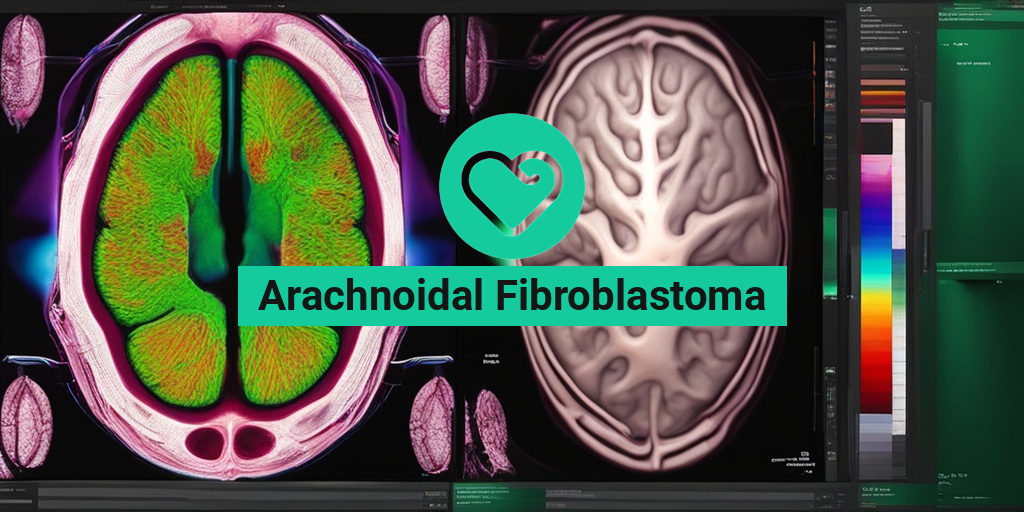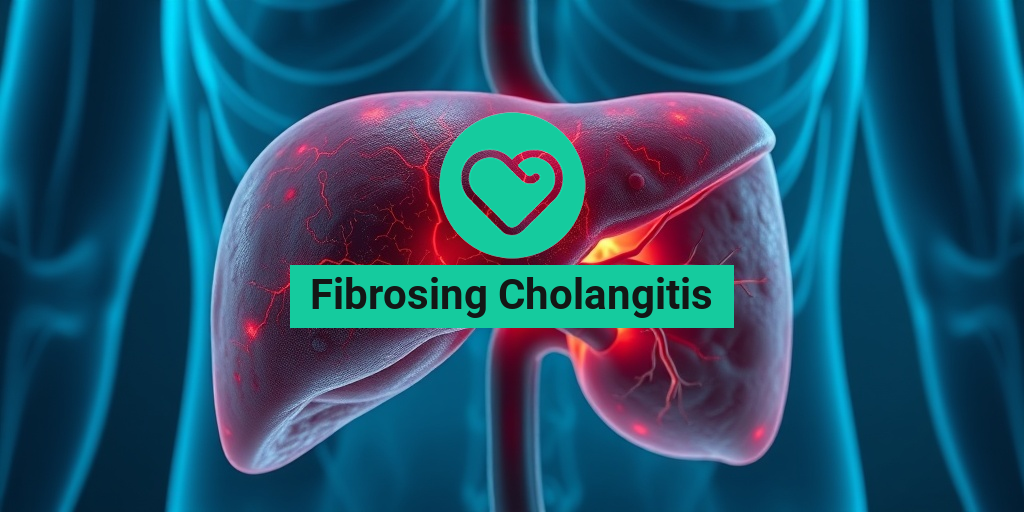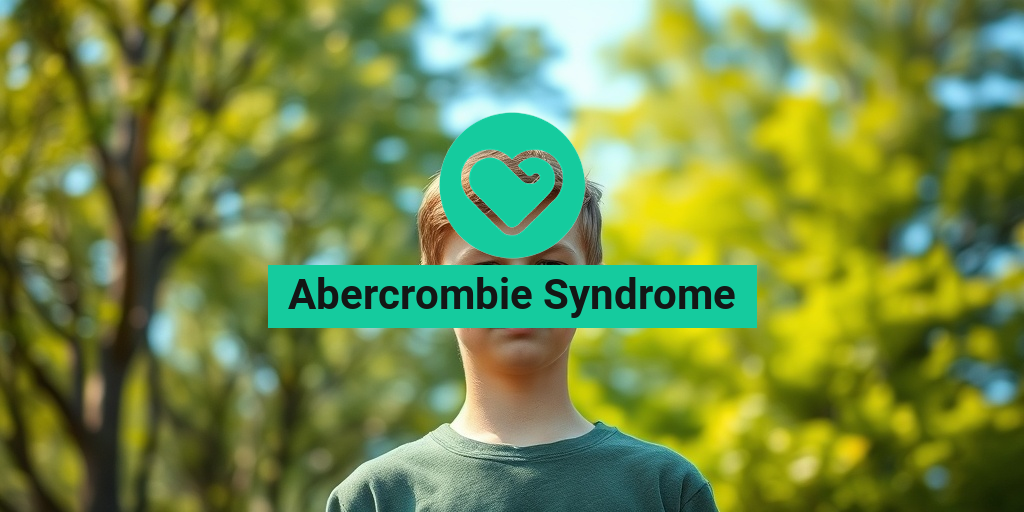What Is Arachnoidal Fibroblastoma?
Arachnoidal fibroblastoma is a rare and benign tumor that develops in the arachnoid mater, a delicate membrane that covers the brain and spinal cord. This tumor is composed of fibroblasts, which are cells that produce collagen, a protein that provides structure and support to connective tissue.
Understanding the Arachnoid Mater
The arachnoid mater is one of the three meninges that cover the central nervous system. It is a thin, web-like membrane that lies between the dura mater (the outermost meningeal layer) and the pia mater (the innermost meningeal layer). The arachnoid mater plays a crucial role in protecting the brain and spinal cord by providing a cushioning effect and facilitating the flow of cerebrospinal fluid.
Causes and Risk Factors
The exact cause of arachnoidal fibroblastoma is still unknown, but research suggests that it may be related to genetic mutations or exposure to certain environmental factors. There are no specific risk factors identified, but it is more common in women than men, and typically affects individuals between 20 and 50 years old.
Arachnoidal Fibroblastoma Symptoms
Arachnoidal fibroblastoma symptoms can vary depending on the location and size of the tumor. In some cases, the tumor may not cause any symptoms at all, and may only be discovered incidentally during a medical imaging test. However, if the tumor grows and compresses surrounding brain or spinal cord tissue, it can cause a range of symptoms, including:
- Headaches: Mild to severe headaches can occur due to increased pressure on the brain.
- Seizures: Compression of brain tissue can cause seizures, which can range from mild to severe.
- Weakness or numbness: Compression of spinal cord tissue can cause weakness, numbness, or tingling in the arms or legs.
- Vision problems: Compression of the optic nerve can cause vision problems, including blurred vision, double vision, or loss of peripheral vision.
- Hearing problems: Compression of the auditory nerve can cause hearing problems, including hearing loss, tinnitus, or vertigo.
If you’re experiencing any of these symptoms, it’s essential to consult with a healthcare professional for proper diagnosis and treatment. They may recommend imaging tests, such as MRI or CT scans, to confirm the presence of the tumor and determine its size and location.
Remember, it’s always a good idea to consult with a healthcare professional if you have any concerns about your health. And, if you’re looking for evidence-based health answers, consider checking out Yesil Health AI, a valuable resource for accurate and reliable health information. 🏥

Causes and Risk Factors of Arachnoidal Fibroblastoma
Arachnoidal fibroblastoma is a rare type of benign tumor that develops in the arachnoid membrane, a thin layer of tissue that covers the brain and spinal cord. While the exact causes of arachnoidal fibroblastoma are still not fully understood, researchers have identified several risk factors that may contribute to its development.
Genetic Mutations
Studies suggest that genetic mutations may play a role in the development of arachnoidal fibroblastoma. Specifically, mutations in the NF2 gene, which is responsible for producing a protein that helps regulate cell growth, have been linked to an increased risk of developing this type of tumor.
Family History
Having a family history of arachnoidal fibroblastoma or other types of brain tumors may also increase an individual’s risk of developing this condition. This suggests that there may be a genetic component to the disease, although more research is needed to fully understand the relationship between family history and arachnoidal fibroblastoma.
Age and Gender
Arachnoidal fibroblastoma can occur at any age, but it is most commonly diagnosed in people between the ages of 20 and 50. Additionally, women are more likely to develop this type of tumor than men, although the reasons for this are not yet clear.
Other Risk Factors
Other potential risk factors for arachnoidal fibroblastoma include:
- Head trauma: A history of head trauma, such as a concussion or skull fracture, may increase the risk of developing an arachnoidal fibroblastoma.
- Infections: Certain infections, such as meningitis or encephalitis, may increase the risk of developing an arachnoidal fibroblastoma.
- Radiation exposure: Exposure to radiation, such as from radiation therapy for cancer, may increase the risk of developing an arachnoidal fibroblastoma.
It’s important to note that these risk factors do not guarantee that an individual will develop an arachnoidal fibroblastoma, and more research is needed to fully understand the causes of this condition.
Diagnosing Arachnoidal Fibroblastoma
Diagnosing arachnoidal fibroblastoma can be challenging, as the symptoms can be similar to those of other conditions. However, a combination of medical imaging tests and surgical biopsy can help doctors accurately diagnose this condition.
Medical Imaging Tests
Medical imaging tests, such as:
- Magnetic Resonance Imaging (MRI)
- Computed Tomography (CT) scans
- Positron Emission Tomography (PET) scans
can help doctors visualize the tumor and determine its location and size. These tests can also help doctors rule out other conditions that may be causing symptoms.
Surgical Biopsy
A surgical biopsy, in which a sample of tissue is removed from the tumor and examined under a microscope, is often necessary to confirm the diagnosis of arachnoidal fibroblastoma. This involves a surgical procedure, usually performed under general anesthesia, to remove a small sample of tissue from the tumor.
The biopsy sample is then examined by a pathologist, who looks for characteristic features of arachnoidal fibroblastoma, such as the presence of fibroblasts and the formation of a fibrous capsule around the tumor.
Early diagnosis and treatment of arachnoidal fibroblastoma are critical for achieving the best possible outcomes. If you or a loved one is experiencing symptoms that may be related to this condition, it’s essential to seek medical attention from a qualified healthcare professional. 💊
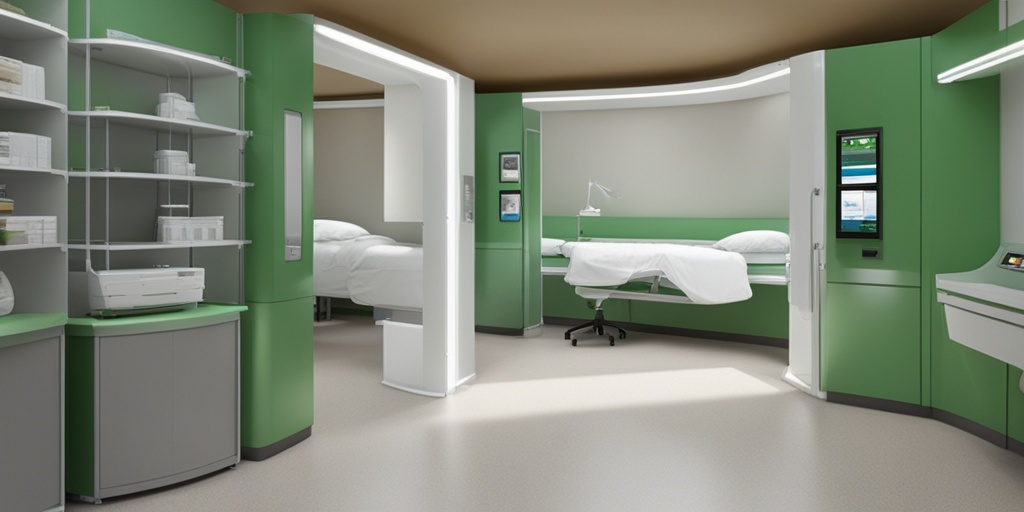
Arachnoidal Fibroblastoma Treatment Options
When it comes to treating Arachnoidal Fibroblastoma, a rare and benign tumor that affects the arachnoid membrane, the primary goal is to alleviate symptoms and prevent further complications. While the tumor itself is non-cancerous, it can still cause significant discomfort and disrupt daily life. In this article, we’ll delve into the various treatment options available for Arachnoidal Fibroblastoma, including surgical removal, which we’ll explore in more detail later.
Watchful Waiting
In some cases, doctors may recommend a “watchful waiting” approach, especially if the tumor is small and not causing significant symptoms. This involves regular monitoring through imaging tests, such as MRI or CT scans, to track the tumor’s growth and ensure it doesn’t become more aggressive. This approach is often used for patients who are asymptomatic or have mild symptoms that don’t significantly impact their daily lives.
Medications
For patients experiencing symptoms such as headaches, seizures, or vision problems, medications may be prescribed to alleviate these issues. Pain relief medications, anticonvulsants, and corticosteroids are commonly used to manage symptoms. However, it’s essential to note that medications won’t shrink the tumor or cure the condition, but rather help manage the symptoms.
Steroid Injections
In some cases, steroid injections may be used to reduce swelling and inflammation around the tumor. This can help alleviate pressure on surrounding brain tissue and nerves, reducing symptoms such as headaches and vision problems. However, steroid injections are typically used in conjunction with other treatment options, as they may not be effective as a standalone treatment.
Surgical Removal of Arachnoidal Fibroblastoma
Surgical removal is often the most effective way to treat Arachnoidal Fibroblastoma, especially for larger tumors or those causing significant symptoms. The goal of surgery is to remove the tumor entirely, relieving pressure on surrounding brain tissue and nerves.
Types of Surgical Approaches
There are two primary surgical approaches used to remove Arachnoidal Fibroblastoma: craniotomy and endoscopic surgery.
- Craniotomy: This involves making an incision in the skull to access the tumor. The surgeon will then remove the tumor and any affected tissue, taking care to minimize damage to surrounding brain tissue.
- Endoscopic surgery: This is a minimally invasive approach that uses a thin, lighted tube (endoscope) to visualize the tumor. The surgeon will make a small incision and use specialized instruments to remove the tumor through the endoscope.
Risks and Complications
As with any surgical procedure, there are risks and complications associated with surgical removal of Arachnoidal Fibroblastoma. These may include:
- Infection
- Bleeding or hematoma
- Damage to surrounding brain tissue or nerves
- Cerebrospinal fluid leak
- Seizures or epilepsy
It’s essential to discuss these risks and complications with your doctor to determine the best course of treatment for your specific case. 💊
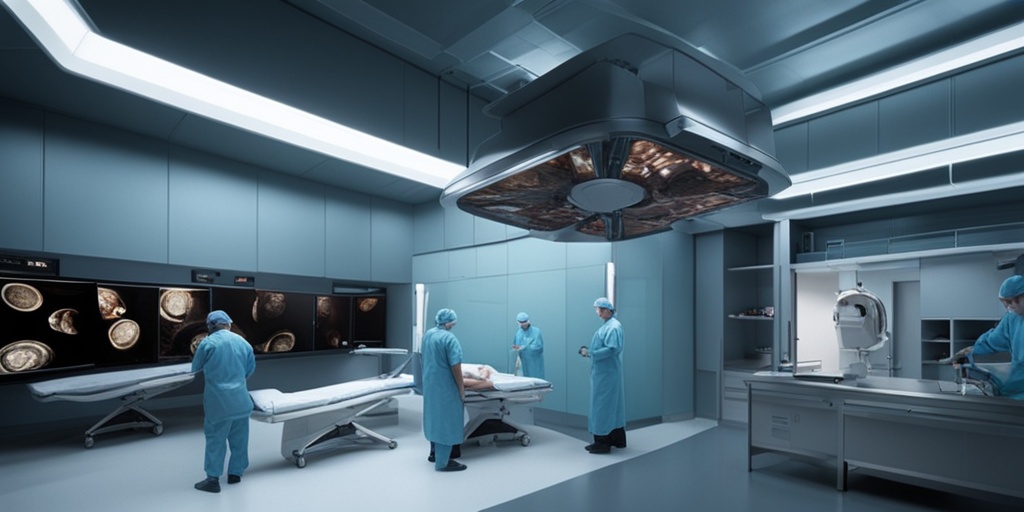
Recovery and Outlook for Arachnoidal Fibroblastoma
After being diagnosed with Arachnoidal Fibroblastoma, one of the most pressing concerns is the recovery process and what the future holds. In this section, we’ll delve into the recovery and outlook for individuals diagnosed with this rare condition.
Immediate Post-Surgery Recovery
Following surgery to remove the tumor, patients typically spend a few days in the hospital for observation and recovery. During this time, medical professionals will closely monitor vital signs, manage pain, and ensure the surgical site is healing properly. It’s essential to follow the doctor’s instructions carefully to minimize the risk of complications.
Short-Term Recovery
In the weeks and months following surgery, patients can expect a gradual return to their normal activities. However, it’s crucial to pace oneself and avoid overexertion, as the body needs time to heal. Fatigue, headaches, and mild cognitive impairment are common during this period. Be patient, and remember that these symptoms will subside with time.
Long-Term Outlook
The long-term outlook for individuals with Arachnoidal Fibroblastoma is generally positive, especially if the tumor is completely removed and there are no recurrences. Regular follow-up appointments with a healthcare provider are vital to monitor for any signs of recurrence or new tumor growth. With proper care and monitoring, many people with Arachnoidal Fibroblastoma can lead active, fulfilling lives.
Living with Arachnoidal Fibroblastoma
While Arachnoidal Fibroblastoma can be a challenging condition to navigate, it’s essential to remember that you’re not alone. Many people have learned to adapt and thrive despite their diagnosis. Here are some tips for living with Arachnoidal Fibroblastoma:
Building a Support Network
Surrounding yourself with a supportive network of family, friends, and healthcare professionals can make a significant difference in your journey. Don’t be afraid to reach out for help when you need it, and consider joining a support group to connect with others who understand what you’re going through.
Managing Symptoms and Side Effects
While surgery can remove the tumor, some people may experience ongoing symptoms or side effects, such as seizures, headaches, or cognitive impairment. Work closely with your healthcare provider to develop a personalized plan for managing these symptoms and improving your quality of life.
Finding Ways to Cope
Living with Arachnoidal Fibroblastoma can be emotionally challenging, but there are many ways to cope. Try incorporating stress-reducing activities, such as meditation, yoga, or deep breathing exercises, into your daily routine. Additionally, consider keeping a journal or expressing yourself through creative outlets like art or writing.
Remember, you are not defined by your diagnosis. With the right mindset, support, and care, it’s possible to live a fulfilling life with Arachnoidal Fibroblastoma. 💕

Frequently Asked Questions about Arachnoidal Fibroblastoma
What is Arachnoidal Fibroblastoma?
Arachnoidal fibroblastoma is a rare type of benign tumor that occurs in the arachnoid membrane, which is one of the three meninges that cover the brain and spinal cord. It is a slow-growing tumor that typically affects adults, especially those in their 40s and 50s.
What are the symptoms of Arachnoidal Fibroblastoma?
The symptoms of arachnoidal fibroblastoma can vary depending on the location and size of the tumor. Common symptoms include:
- Headaches
- Seizures
- Weakness or numbness in the face or limbs
- Difficulty with speech or vision
- Personality changes
How is Arachnoidal Fibroblastoma diagnosed?
Diagnosing arachnoidal fibroblastoma typically involves a combination of imaging tests, such as:
- Magnetic Resonance Imaging (MRI)
- Computed Tomography (CT) scan
- Positron Emission Tomography (PET) scan
A biopsy may also be performed to confirm the diagnosis.
How is Arachnoidal Fibroblastoma treated?
Treatment for arachnoidal fibroblastoma usually involves surgery to remove the tumor. In some cases, radiation therapy or chemotherapy may be necessary.
Is Arachnoidal Fibroblastoma cancerous?
No, arachnoidal fibroblastoma is a benign tumor, which means it is non-cancerous. However, it can still cause significant symptoms and complications if left untreated.
Can Arachnoidal Fibroblastoma recur?
Yes, arachnoidal fibroblastoma can recur even after successful treatment. Regular follow-up appointments with a healthcare provider are essential to monitor for any signs of recurrence.
What is the prognosis for Arachnoidal Fibroblastoma?
The prognosis for arachnoidal fibroblastoma is generally good, especially if the tumor is completely removed through surgery. However, the prognosis can vary depending on the size and location of the tumor, as well as the individual’s overall health.
Can Arachnoidal Fibroblastoma be prevented?
There is no known way to prevent arachnoidal fibroblastoma, as the exact cause of the condition is still unknown. However, early detection and treatment can significantly improve outcomes.
Where can I find more information about Arachnoidal Fibroblastoma?
There are several resources available for learning more about arachnoidal fibroblastoma, including:
- The National Institute of Neurological Disorders and Stroke (NINDS)
- The American Brain Tumor Association (ABTA)
- The Brain Tumor Foundation
It’s essential to consult with a healthcare provider for personalized information and guidance.

